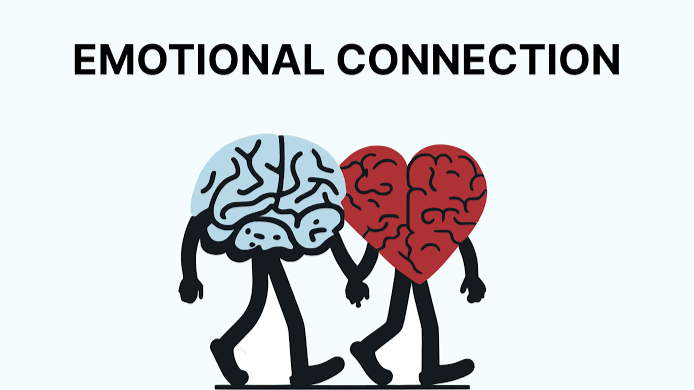In today’s fast-paced, digital-first world, brands and individuals are constantly seeking deeper connections with their audiences. While technology has made it easier than ever to communicate, it has also created an environment where attention is short and trust must be earned.
Two powerful tools that stand out in building lasting connections are true story books and strategic branding. While one is rooted in personal authenticity and storytelling, the other is focused on shaping how individuals, businesses, or products are perceived. Together, they show how truth and identity can create emotional impact and long-term value.
Why True Story Books Matter
There is something timeless and universal about true stories. Whether it’s a personal memoir, a historical account, or a journey of transformation, true story books capture the human experience in a way that fictional tales often cannot.
The Impact of True Story Books
- Authenticity: Readers are drawn to real stories because they reflect genuine experiences.
- Inspiration: True stories often highlight resilience, courage, and growth.
- Education: They provide insights into different cultures, professions, or life events.
- Empathy: By stepping into someone else’s journey, readers develop deeper emotional understanding.
True story books serve as a bridge between the writer and the reader. They create a shared space of vulnerability, honesty, and reflection. This is why they continue to be one of the most powerful forms of storytelling.
Storytelling as the Heart of Branding
While books tell personal stories, branding tells the story of a business, product, or idea. In essence, branding is also a form of storytelling—but one designed to shape perception, build trust, and create loyalty.
Strategic branding is about more than just logos and colors. It’s about defining a clear identity and consistently communicating that identity across all touchpoints.
Key Elements of Branding
- Brand Strategy: Defining purpose, values, mission, and unique selling proposition (USP).
- Visual Identity: Logos, typography, and colors that reflect brand personality.
- Tone and Voice: Consistent messaging in marketing and communication.
- Customer Experience: Ensuring every interaction reflects the brand promise.
- Brand Story: The narrative that connects the brand to its audience on an emotional level.
Just like a good book, a strong brand story draws people in, keeps them engaged, and leaves a lasting impression.
How True Stories Strengthen Branding
True stories and branding are not separate—they are deeply connected. In fact, some of the most successful brands in the world use true stories as the foundation of their identity.
- Founders’ Journeys: Many brands tell the real story of how and why they were created.
- Customer Testimonials: Real-life customer experiences help build trust.
- Social Impact: Brands share true stories of how they are contributing to society.
- Employee Voices: Internal culture stories build authenticity.
This type of storytelling helps brands move beyond products and services. It allows them to create emotional bonds with their audience, which is far more powerful than traditional advertising.
Example: Personal Storytelling in Business
Consider an entrepreneur who has written a memoir—one of the many true story books available to readers worldwide. If that entrepreneur also owns a business, their personal story can become a part of their brand. By sharing why they started the company, what challenges they overcame, and what values they hold dear, they turn their personal journey into a powerful branding tool.
This strategy not only humanizes the brand but also helps build authenticity, trust, and loyalty among customers.
The Emotional Connection: Why It Matters
In a world full of choices, consumers often make decisions based not just on price or quality, but on emotional connection. That’s why combining storytelling with branding is so effective.
- People remember stories, not facts.
- Authenticity builds trust.
- Shared values create community.
When a brand shares its true story—or highlights real stories from its customers—it creates a bond that goes beyond transactions. It builds relationships.
Branding in the Digital Age
The digital era has changed how stories are told and how brands are built. Social media, video platforms, and content marketing have become essential tools for both authors and brands.
Today, branding strategies must include:
- Content Marketing: Sharing stories through blogs, podcasts, and videos.
- Social Media Storytelling: Using platforms like Instagram, LinkedIn, or YouTube to connect with audiences.
- Visual Branding: Using images and design to support the brand’s story.
- Interactive Experiences: Letting customers become part of the story.
This digital transformation makes it even more important for brands to have clear, authentic, and emotionally compelling stories at their core.
Final Thoughts
In the end, both true story books and strategic branding are about one thing: connection.
- Books connect readers to the human experience through authentic stories.
- Branding connects businesses to customers through meaningful narratives.
Whether you are an author, entrepreneur, or marketing professional, understanding the power of true stories can help you create stronger brands, deeper relationships, and more meaningful impact.
By embracing authenticity, clarity, and emotion in both storytelling and branding, we can build identities—both personal and professional—that inspire, educate, and last.

